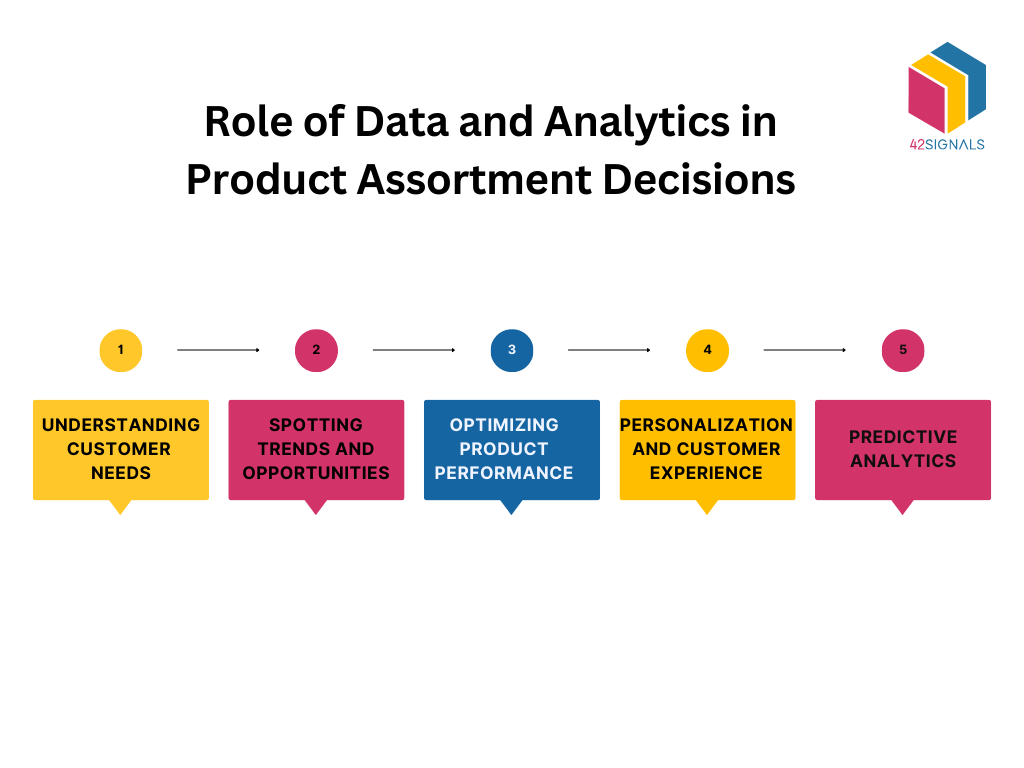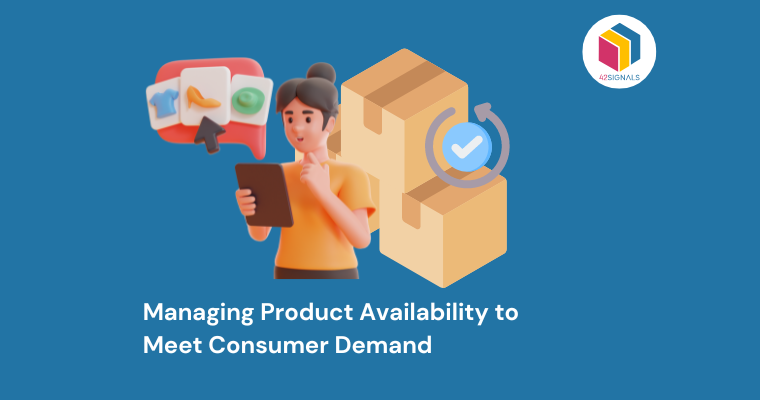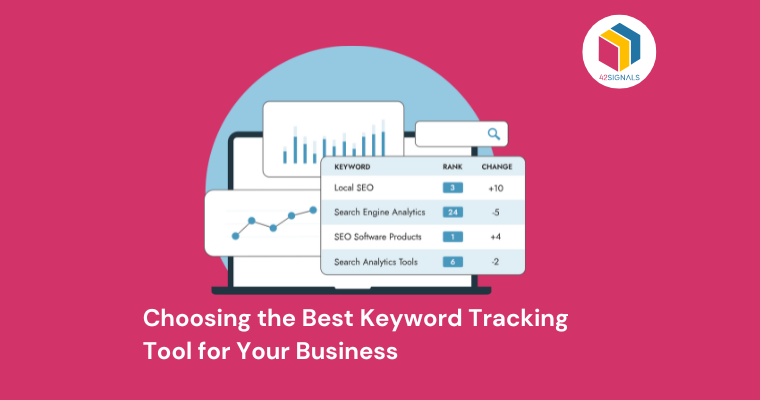In today’s fast-paced digital landscape, eCommerce businesses face the challenge of curating a product assortment that meets customer expectations and drives growth. However, amidst the vast sea of possibilities, data and analytics emerge as the guiding stars, illuminating the path to success. This blog explores the transformative role of data and analytics in making informed product assortment decisions, enabling businesses to thrive in the competitive eCommerce arena.

Understanding Customer Needs
At the heart of effective product assortment decisions lies a deep understanding of customer needs and preferences. Data and analytics offer a treasure trove of insights, allowing businesses to uncover valuable information about their target audience. By analyzing purchase history, browsing behavior, and demographic data, businesses can gain a holistic understanding of their customers’ desires, enabling them to curate a tailored assortment that meets and exceeds expectations.
Spotting Trends and Opportunities
The eCommerce landscape is ever-evolving, making it crucial for businesses to stay ahead of trends and seize opportunities. Through data analysis and advanced analytics, businesses can identify emerging market trends, customer preferences, and competitor strategies. Armed with this knowledge, businesses can strategically adjust their product assortment to align with the shifting demands of the market. This agility ensures businesses remain relevant and seize new growth opportunities as they arise.
Optimizing Product Performance
Data and analytics serve as powerful tools in assessing and optimizing the performance of individual products within an assortment. By diving deep into metrics such as sales data, customer reviews, and ratings, businesses can identify top-performing products that resonate with their target audience. This insight allows businesses to allocate resources effectively, prioritize high-performing products, and fine-tune their assortment to maximize revenue and customer satisfaction.
Personalization and Customer Experience
In the age of personalization, data and analytics play a pivotal role in tailoring the customer experience. By leveraging customer data, businesses can create personalized product recommendations and offers, enhancing customer engagement and loyalty. The use of data-driven insights enables businesses to anticipate customer needs, provide relevant suggestions, and ultimately create a more personalized and satisfying shopping experience.
Predictive Analytics
One of the most exciting aspects of data and analytics is their predictive capabilities. By employing advanced analytics techniques such as machine learning and predictive modeling, businesses can forecast future demand and customer behavior. This foresight empowers businesses to make proactive decisions about their product assortment, optimize inventory management, and capitalize on emerging trends, ultimately driving sustainable growth and success.
Conclusion
In the dynamic realm of eCommerce, data and analytics serve as invaluable companions, guiding businesses toward effective product assortment decisions. However, the journey to harnessing the full potential of data can be daunting without the right tools and resources. This is where an eCommerce insights tool becomes a game-changer.
An eCommerce insights tool acts as a powerful ally, providing businesses with the necessary capabilities to collect, analyze, and interpret data in a user-friendly manner. With its intuitive interface and robust features, it empowers businesses to uncover actionable insights, spot trends, and make data-driven decisions that fuel growth.
By leveraging an eCommerce insights tool, businesses gain a competitive edge in the market. They can easily access comprehensive customer data, identify high-performing products, track market trends, and optimize their product assortment for maximum impact. With real-time analytics, businesses can stay agile, responding swiftly to changing customer preferences and market dynamics.
Furthermore, an eCommerce insights tool enhances the personalization and customer experience by enabling businesses to segment their customer base, generate personalized recommendations, and tailor their product offerings accordingly. It empowers businesses to understand their customers on a deeper level, creating meaningful interactions and fostering long-term loyalty.
To unleash the true potential of data, businesses need an eCommerce insights tool that simplifies complex analytics and transforms raw data into actionable insights. By embracing 42Signals, businesses can elevate their decision-making, drive growth, and unlock unparalleled success in the dynamic world of eCommerce. Get in touch with us at sales@42signals.com to schedule a demo now!





